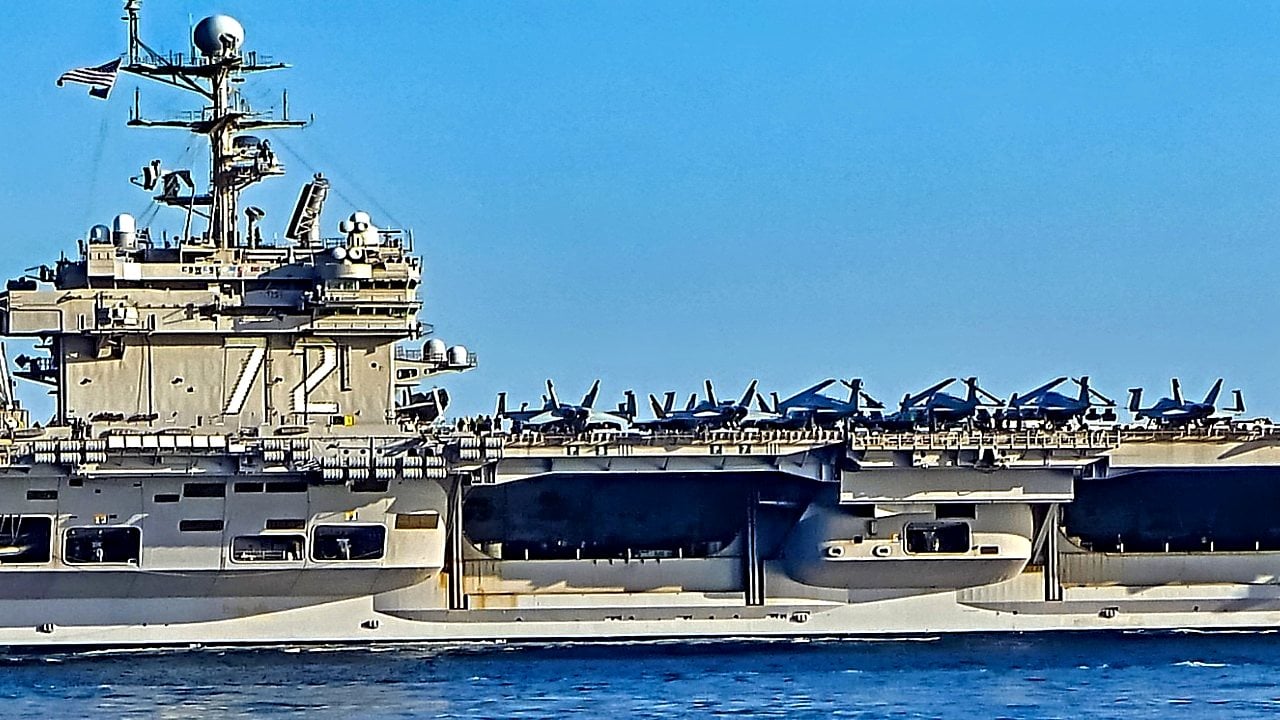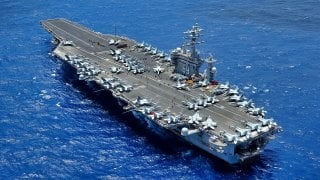U.S. Navy Aircraft Carriers: A Vulnerable Giant Now Obsolete?
Aircraft carriers have long symbolized U.S. naval power, but recent advancements in anti-ship technology, such as drones and missiles, are challenging their future viability.
Summary and Key Points: Aircraft carriers have long symbolized U.S. naval power, but recent advancements in anti-ship technology, such as drones and missiles, are challenging their future viability.
-These massive vessels are increasingly vulnerable to cheaper, more sophisticated attacks, particularly from adversaries like China.
-In a potential conflict, the loss of a carrier would be a significant strategic and psychological blow. If carriers become obsolete, the U.S. Navy might pivot towards stealthier and more agile vessels, like submarines and destroyers, to maintain maritime dominance.
-While heavily invested in new carrier classes, the Navy could adapt and find new ways to project power if needed.
Are Aircraft Carriers Losing Their Edge in Modern Warfare?
Aircraft carriers define the power of the U.S. Navy today. But the Navy has existed for 230 years – 248 years if you count the Continental Navy – and for the great majority of that time, the maritime service did not have aircraft carriers at all. If carriers become obsolete, the Navy will probably adapt and endure.
Why Might the Aircraft Carrier Era End?
Some pundits question the viability of the aircraft carrier in contemporary combat environments. Thanks to recent advances in anti-ship technologies, relatively cheap and low-tech equipment might be used to contain or even destroy advanced surface vessels. Drones, for example, can be deployed in swarms. They have caused problems for exponentially more expensive and more sophisticated U.S. warships off the coast of Yemen. Anti-ship missiles have become increasingly effective and have the potential to target and destroy aircraft carriers.
Carriers are, of course, massive targets – both in the literal and figurative sense. In the literal sense, aircraft carriers are one-fifth of a mile long. They carry 5,000 sailors and 100 aircraft, and they cost billions of dollars per unit. In the figurative sense, aircraft carriers are the symbol of a nation’s naval might and general fortune. Felling an aircraft carrier in the modern era would be a victory of a significance that is hard to calculate. Accordingly, they make a very attractive target.

In a potential war against China, the U.S. would depend on carriers to deploy air power throughout the Indo-Pacific region. The Chinese undoubtedly would use their stockpile of anti-ship missiles, as well as their growing fleet of submarines, aircraft carriers, and surface vessels, to target American aircraft carriers. The loss of just one carrier would be devastating to any American war effort. Frankly, the American public is probably not conditioned for the casualties that the sinking of an aircraft carrier would entail – potentially double the lives that were lost on 9/11.
What Would Replace the Aircraft Carrier?
If, for some reason, the U.S. Navy had to move past the aircraft carrier, the process would be cumbersome and likely made with great reluctance.
Right now, the Navy has considerable resources invested in its carrier fleet – investment befitting a vessel type that is indeed the cornerstone of the service. But it could move on if necessary, and if the maritime service faces an existential threat, it will adjust accordingly.
Adjustment could look like a pivot toward stealthier, sleeker, smaller vessels. More submarines, for example, or destroyers – vessels that would be harder for the enemy to target with drones and anti-ship missiles, and harder to locate in the first place.
The Navy is banking on aircraft carriers being the vessel of the future. That’s why they’re comfortable investing $13 billion per boat in the brand-new Ford-class carrier. But if for some reason the Navy needed to move past the iconic aircraft carrier, it would find a way.
About the Author: Harrison Kass
Harrison Kass is a defense and national security writer with over 1,000 total pieces on issues involving global affairs. An attorney, pilot, guitarist, and minor pro hockey player, Harrison joined the US Air Force as a Pilot Trainee but was medically discharged. Harrison holds a BA from Lake Forest College, a JD from the University of Oregon, and an MA from New York University. Harrison listens to Dokken.
All images are Creative Commons.


